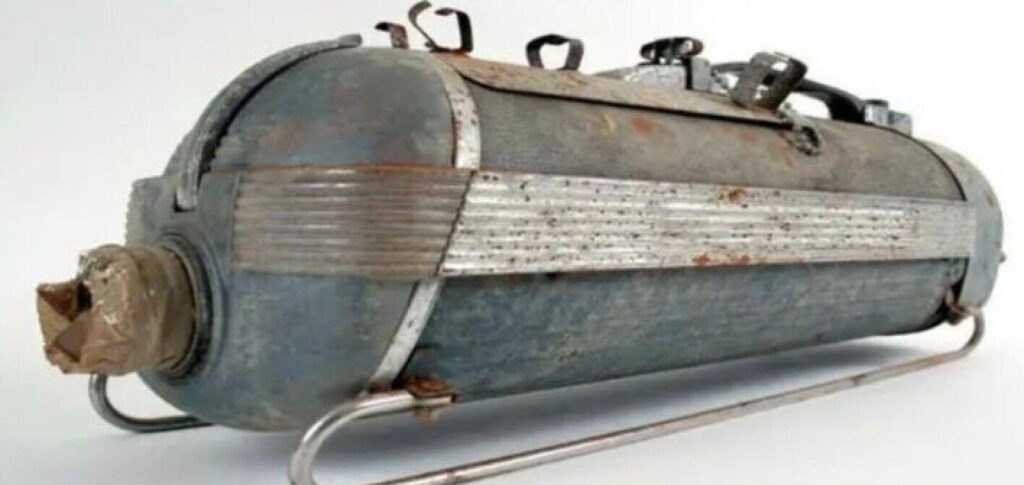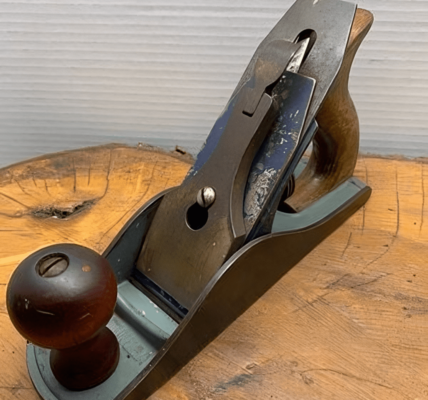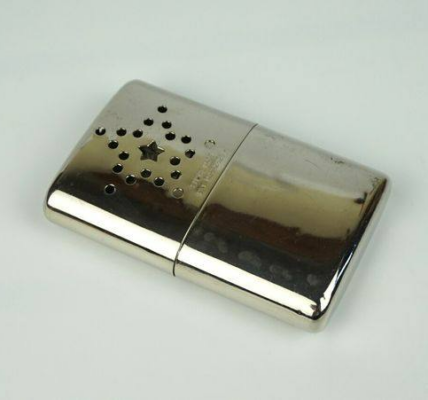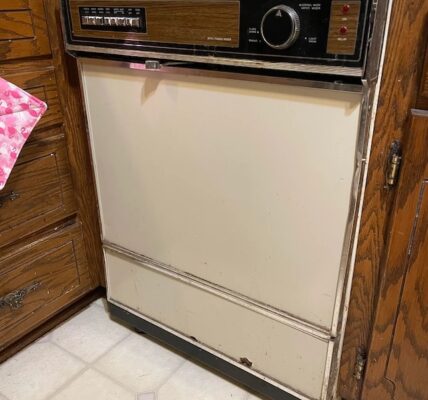Technology has revolutionized almost every aspect of our daily lives, and household appliances are no exception. One item in particular that has undergone an astonishing transformation is the humble vacuum cleaner. From bulky, inefficient machines to sleek, automated devices, the evolution of vacuum cleaners over the decades speaks volumes about human ingenuity and innovation. This journey from the first manually operated vacuums to today’s smart Roombas is a fascinating look at how far we’ve come in making household chores easier and more efficient.
Let’s dive into the history of vacuum cleaners and explore how this essential tool has evolved from its early beginnings to the highly advanced machines we know today.
The Humble Beginnings: From Brooms to Early Vacuum Concepts
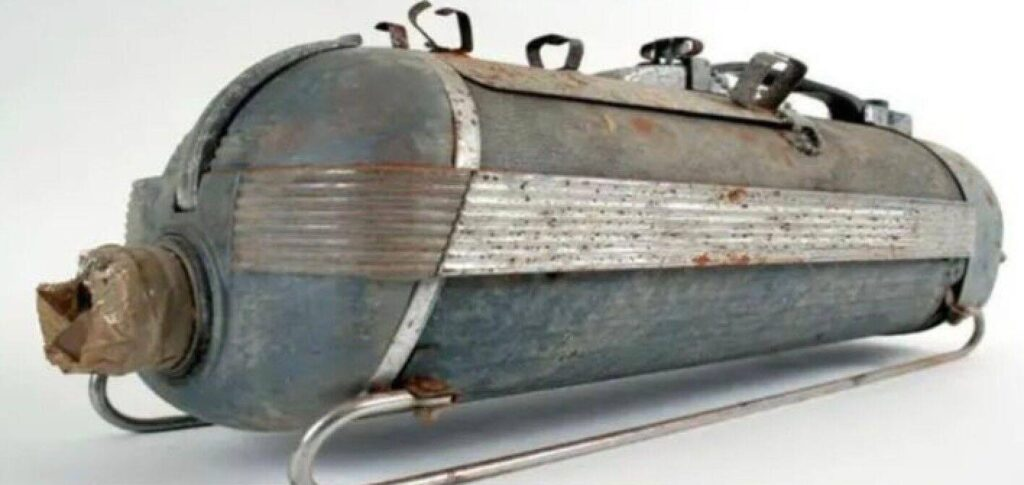
Before vacuum cleaners were even a concept, households relied on far simpler tools to keep their floors clean—primarily brooms. While this tool might seem primitive by today’s standards, it wasn’t until 1797 that a farmer from Massachusetts improved the traditional broom design. This innovation led to a more effective cleaning tool, setting the stage for future advancements in cleaning technology.
However, the real leap came in the 1860s when Daniel Hess patented the first real vacuum cleaner. His device operated by creating a draft of air to draw in dust and dirt, although it was still relatively basic. In 1869, Ives McGaffey took things further by introducing a machine that was designed to tackle the growing issue of dust accumulation in homes. Though rudimentary by today’s standards, these early machines laid the foundation for more sophisticated designs.
James Murray Spangler: The Birth of Modern Vacuum Cleaners
In 1907, James Murray Spangler, a janitor from Canton, Ohio, revolutionized the vacuum cleaner industry with his innovative design. Spangler invented an upright, portable machine that used a ceiling fan motor to create powerful suction. This invention was the first practical vacuum cleaner, marking the birth of modern vacuum cleaning technology.
But Spangler’s breakthrough didn’t just stop there. His design caught the attention of his cousin, Susan Hoover, whose husband, William Hoover, recognized the potential of the invention. Hoover purchased the patent from Spangler and launched the now-famous Hoover brand, which became synonymous with vacuum cleaners. This pivotal moment in history not only modernized the way we clean but also introduced vacuum cleaning as a common household chore.
The Luxury of the 1930s: The Iconic Hercules
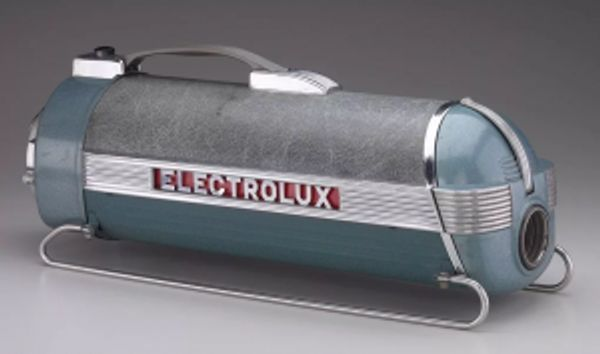
As vacuum cleaner technology progressed, so did its appeal as a status symbol. One of the most fascinating vacuum cleaners from the 1930s was the Hercules, a luxury model designed for the elite. Covered in crocodile skin, the Hercules wasn’t just a tool—it was a statement of wealth and sophistication.
At the height of the Great Depression, the Hercules represented a stark contrast to the economic struggles of the time. It was a far cry from today’s affordable, mass-produced machines, but it illustrated the growing importance of vacuum cleaners in households and the shift toward more advanced and luxurious models.
The Modern Era: From Uprights to Robotics
As the 20th century progressed, vacuum cleaners continued to evolve. The bulky, heavy machines of the early years were gradually replaced by lighter, more efficient models. Innovations such as improved suction, quieter motors, and advanced filtration systems made vacuum cleaners more effective and user-friendly.
Fast forward to today, and we’ve entered the era of automation with the advent of robotic vacuum cleaners like the Roomba. Introduced in 2002 by iRobot, the Roomba was a game-changer. Not only could it autonomously navigate and clean floors, but it also reduced the amount of human effort required for this once-laborious task.
Roombas and similar devices have advanced significantly since their introduction, featuring smart technology, room mapping, and even voice control through AI assistants like Alexa and Google Assistant. The shift from manually operated vacuums to self-operating robots represents the pinnacle of convenience and efficiency in household cleaning.
The Technological Leap: How Vacuum Cleaners Became Smarter
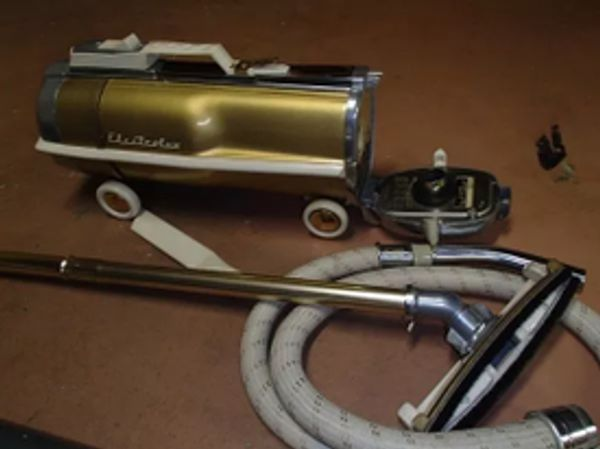
The Roomba symbolizes more than just a new kind of vacuum cleaner—it represents the future of home automation. This autonomous cleaner can detect dirt, navigate obstacles, and even dock itself for charging. But beyond these features, it also marks a transition in how we interact with technology in our homes.
Today’s vacuum cleaners have adopted smart technology that allows for more personalized cleaning schedules and voice-activated commands. This is a far cry from the first vacuums, which required manual effort and constant supervision. With advancements in AI and machine learning, vacuum cleaners have become part of the smart home ecosystem, integrating seamlessly with other smart devices.
From the Past to the Future: The Impact of Vacuum Cleaner Innovation
As we reflect on the history of vacuum cleaners, it’s clear that this simple household item has come a long way. From the first crude designs that barely removed dust to robotic vacuums that work without human intervention, the evolution of vacuum cleaners highlights the power of innovation and our desire for convenience.
The vacuum cleaner’s journey is not just about the advancement of technology—it’s also a reflection of changing lifestyles. Early vacuum cleaners were heavy, inconvenient, and a luxury item for many. Today, vacuums are more efficient, user-friendly, and even smart enough to work without human input. And with each new advancement, these machines continue to make our lives easier, cleaner, and more comfortable.
Conclusion: The Future of Vacuum Cleaners
The evolution of vacuum cleaners is a testament to how technology continuously reshapes our daily lives. From Daniel Hess’s first design to the cutting-edge Roomba, the journey of this household tool showcases human ingenuity and the relentless pursuit of innovation. As technology progresses, who knows what the future holds for vacuum cleaners? One thing is certain—this humble device will continue to evolve, making our homes cleaner with even less effort from us.
Vacuum cleaners have come a long way, and as we look ahead, we can only imagine what exciting innovations are on the horizon. What started as a simple tool for removing dust has now become an essential part of smart home technology. It’s a reminder that in the world of household chores, there’s always room for improvement, and vacuum cleaners will undoubtedly continue to surprise us with new and exciting developments.
